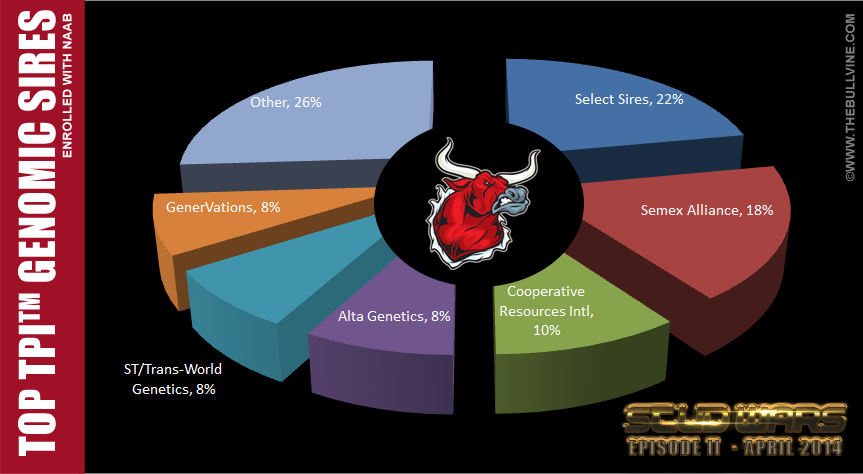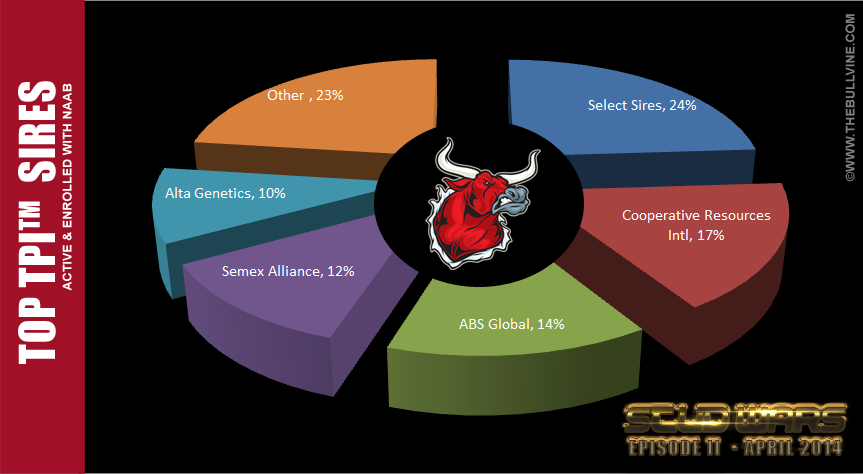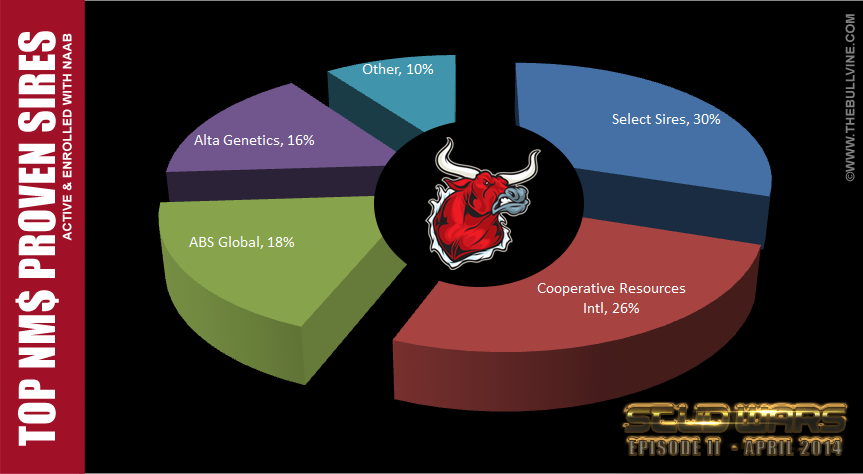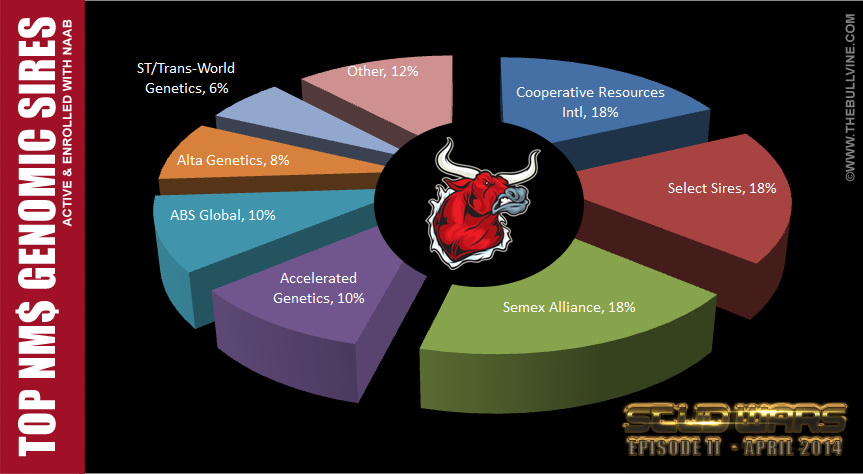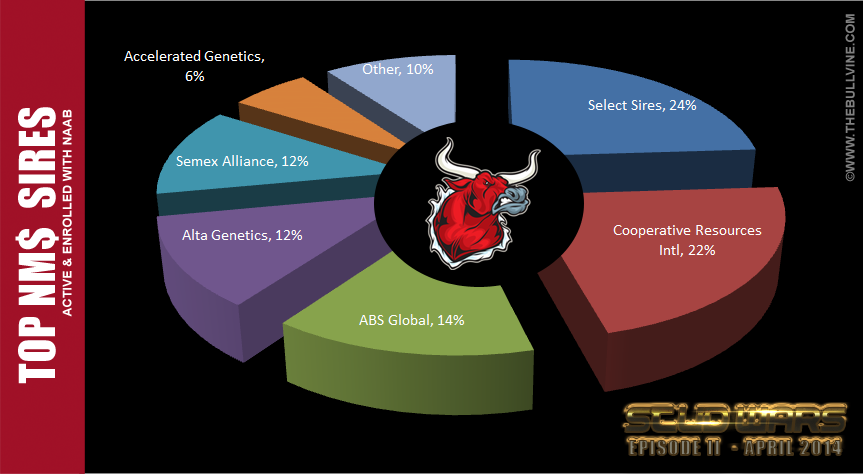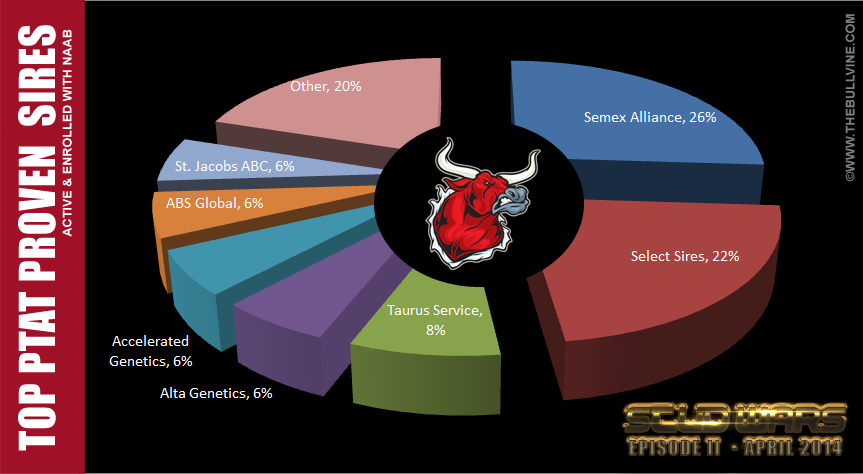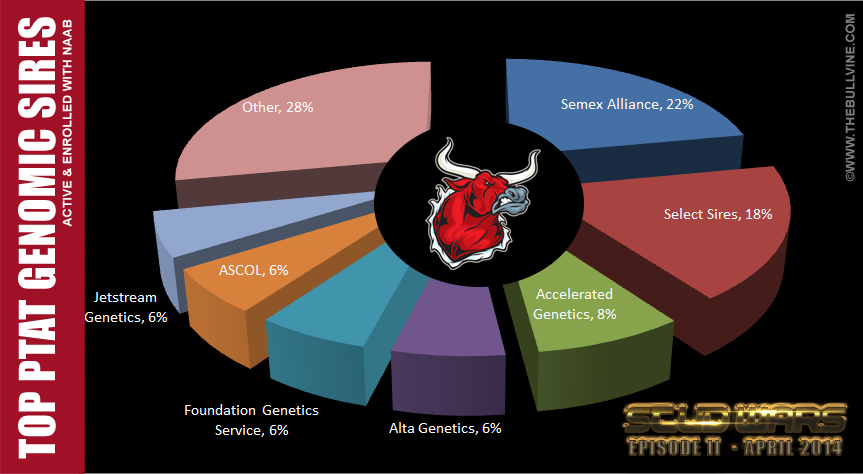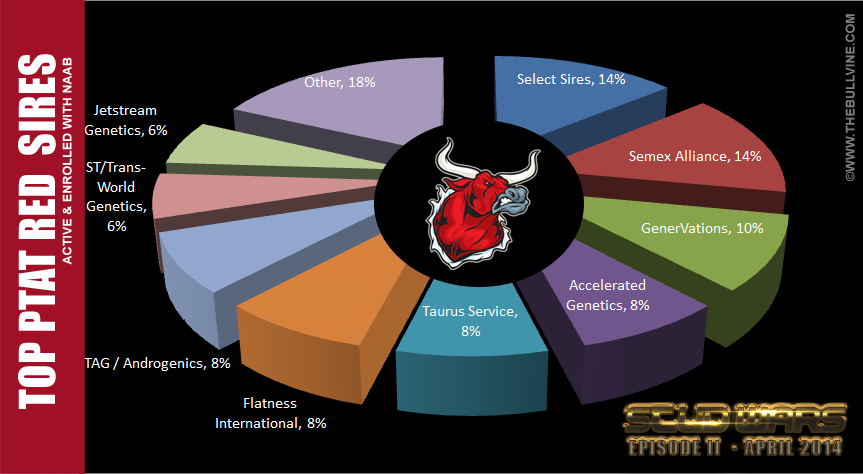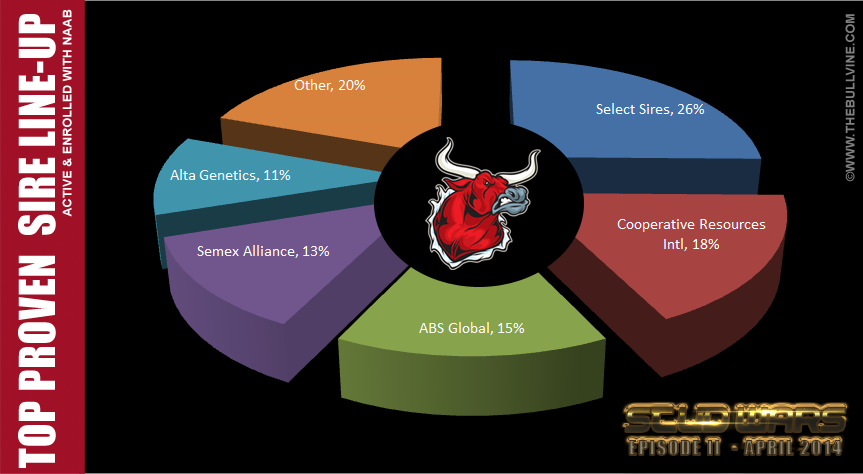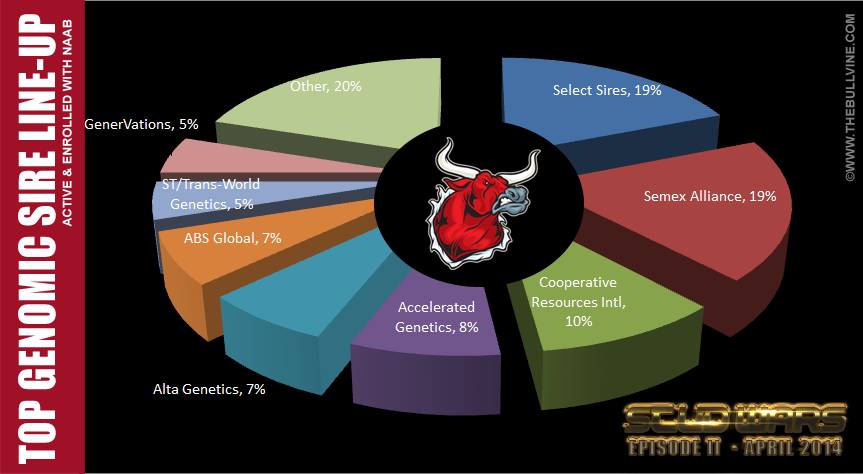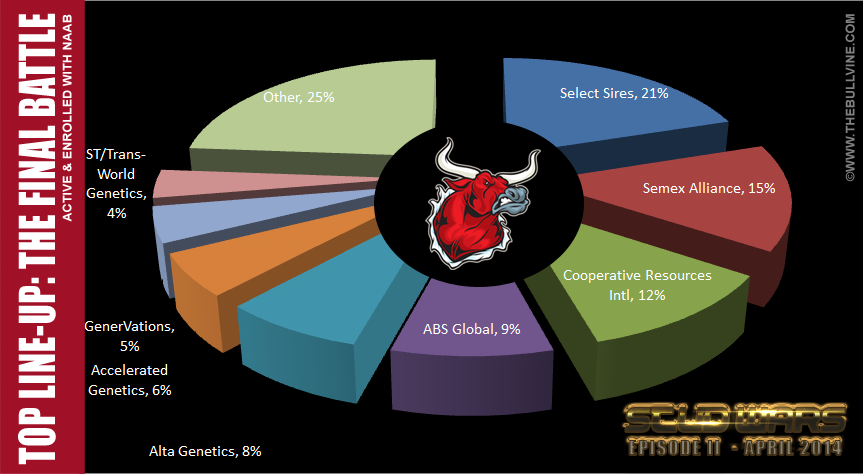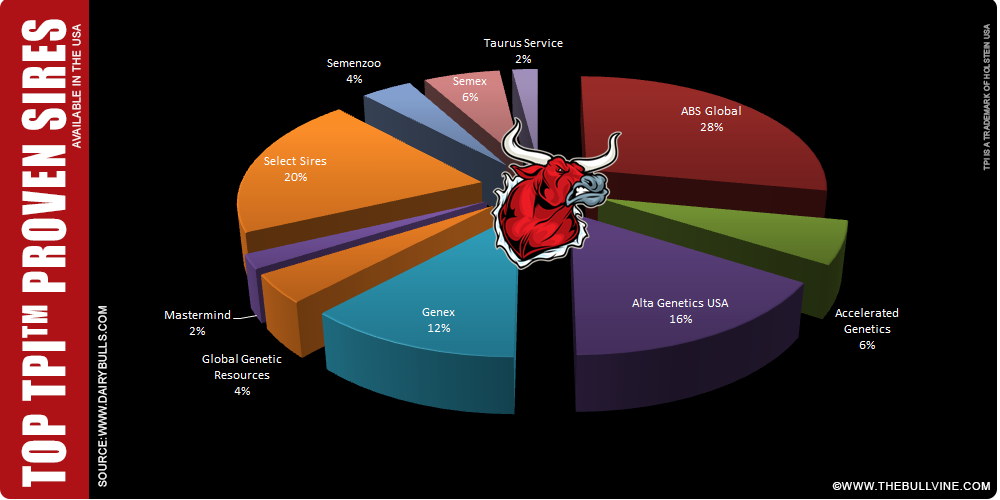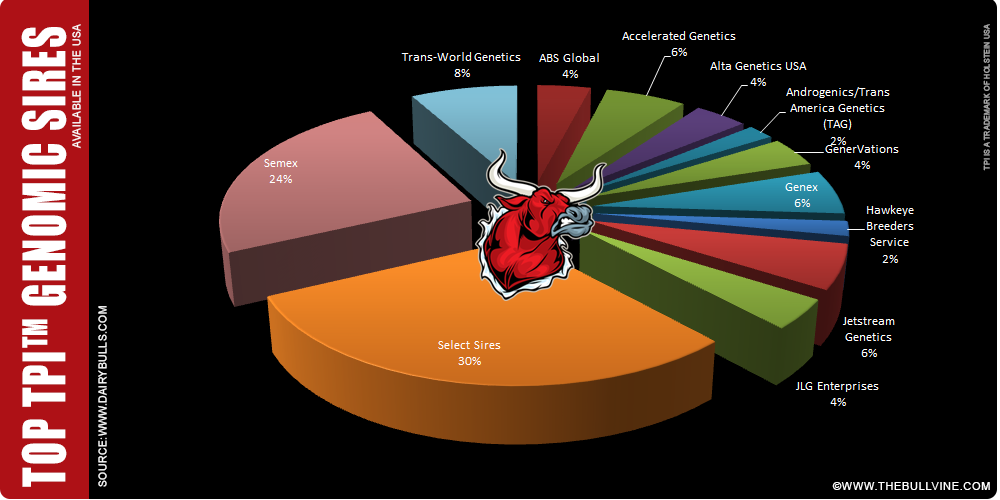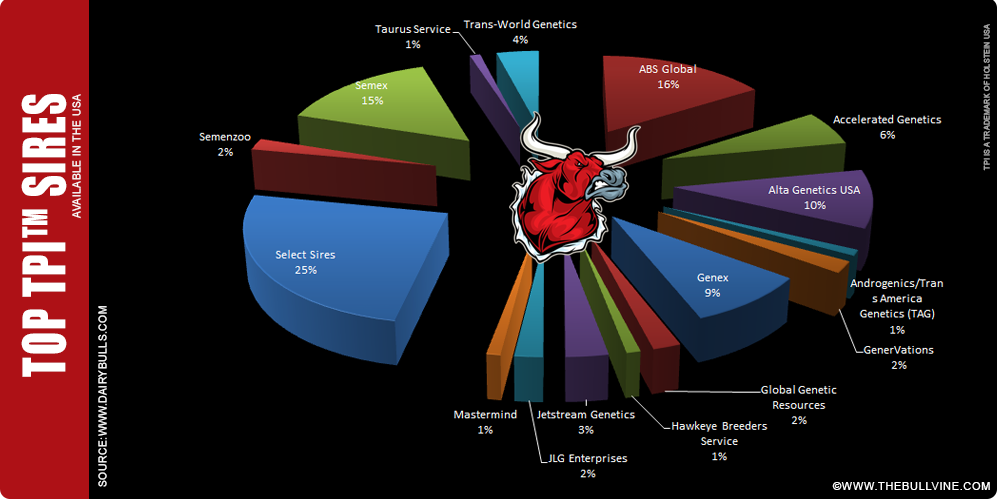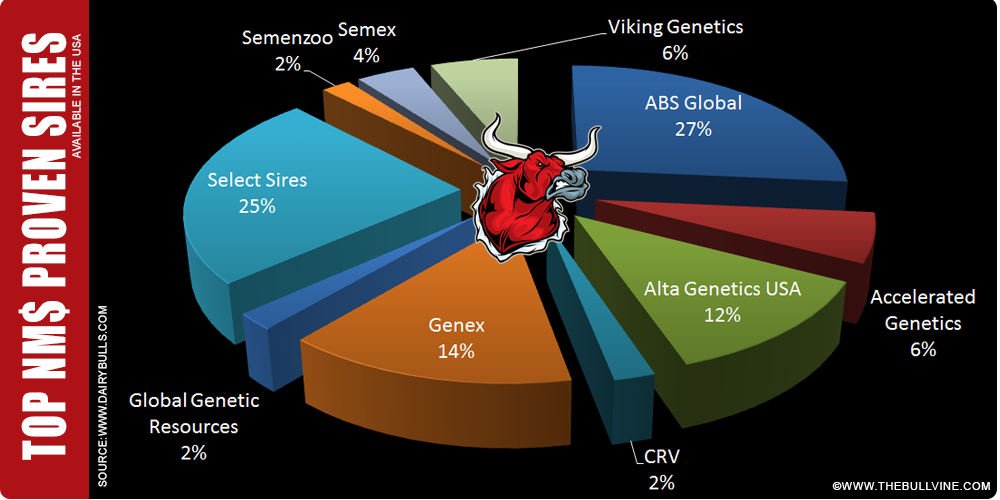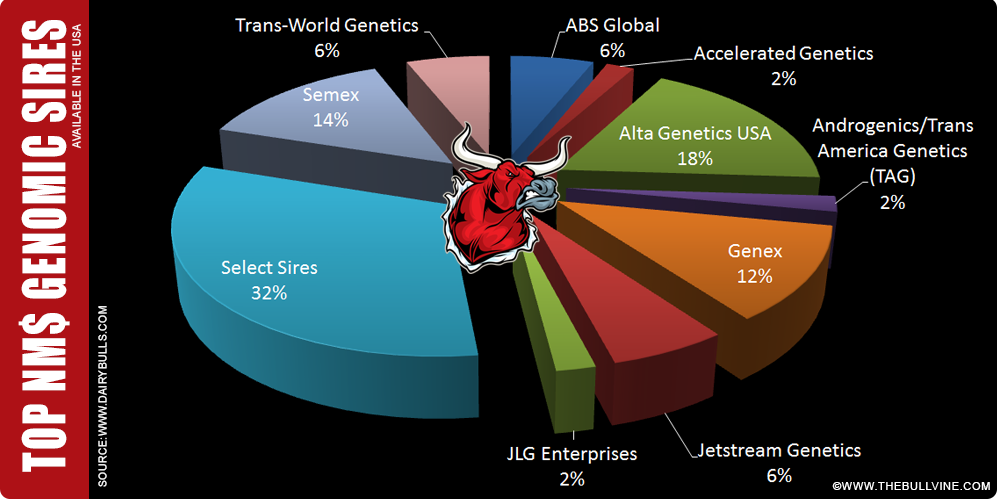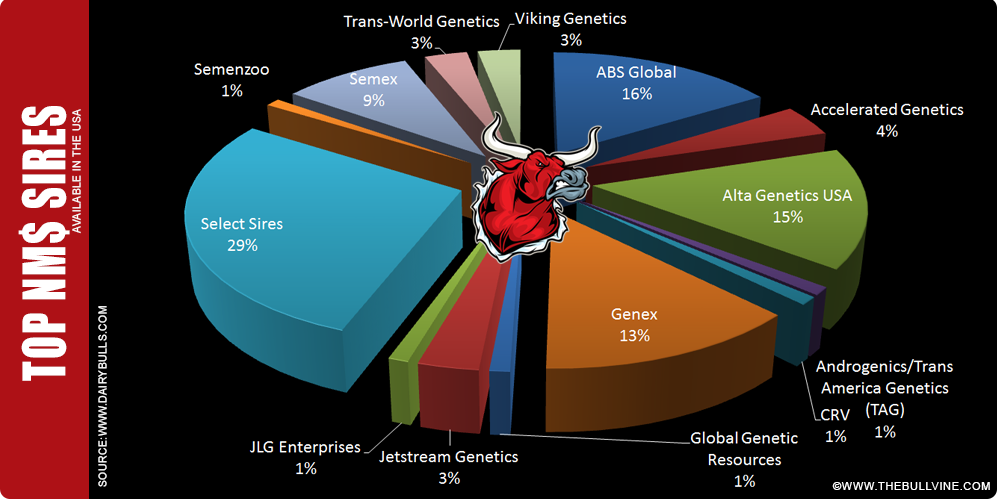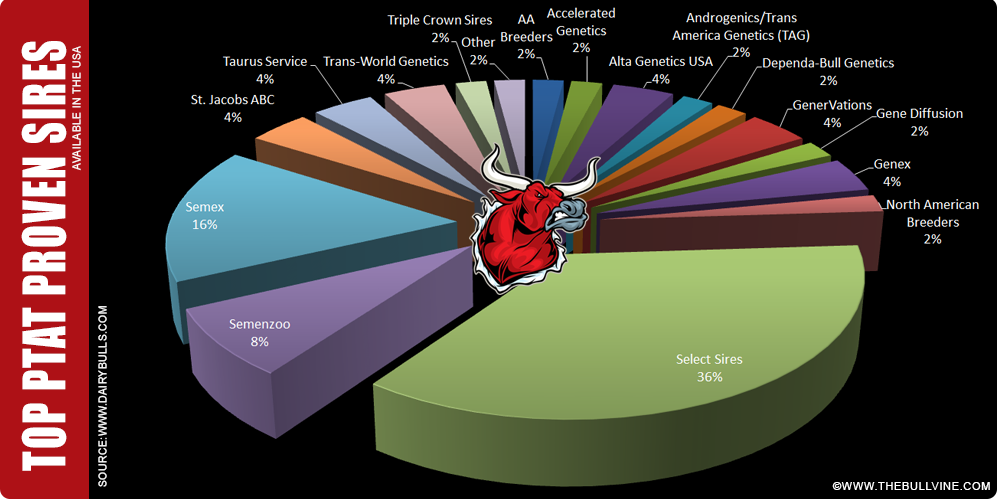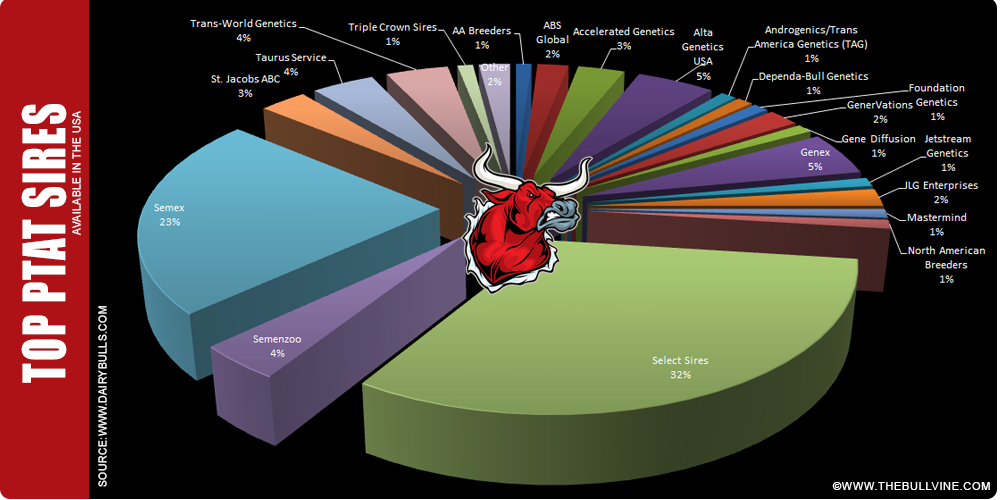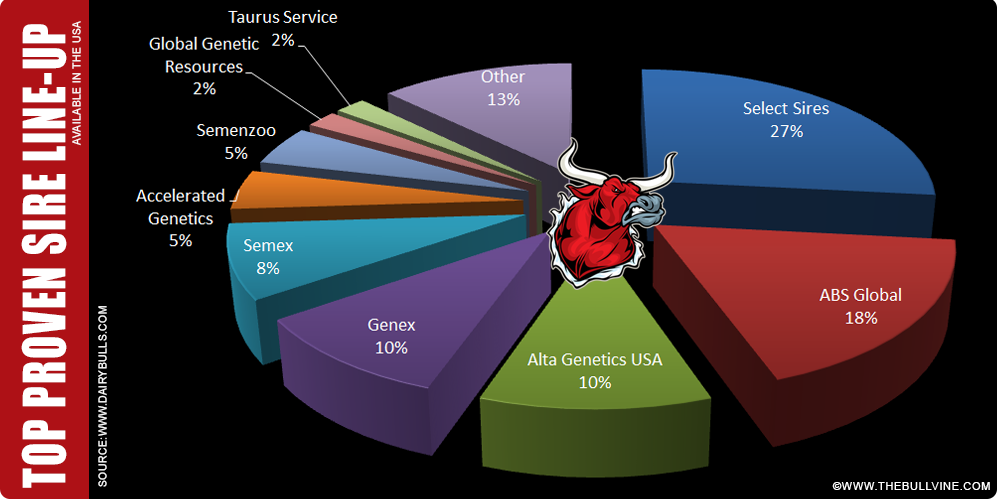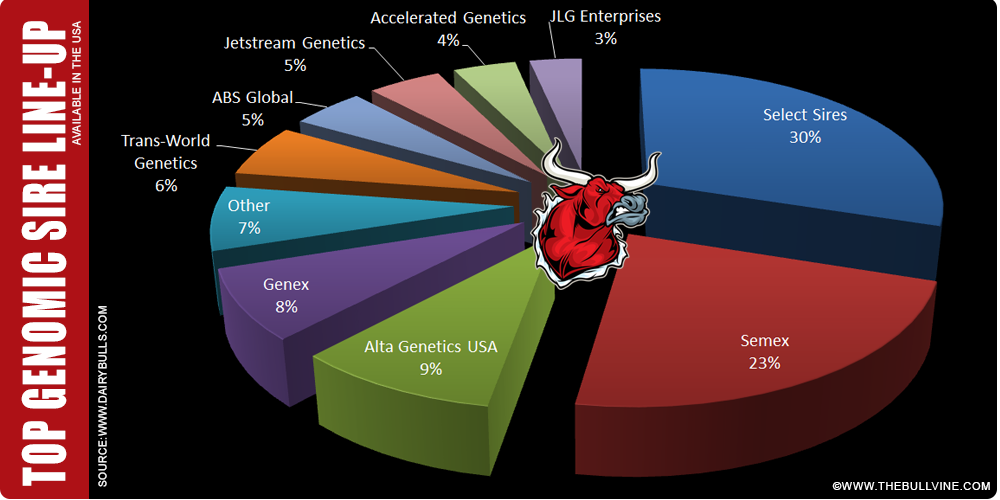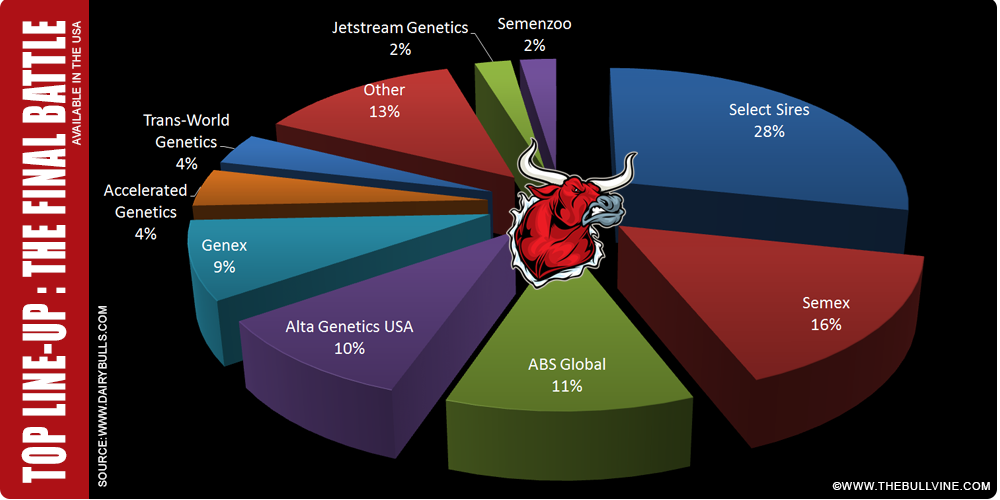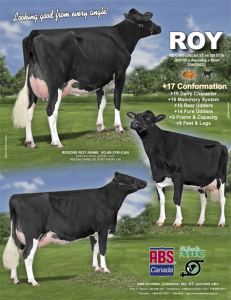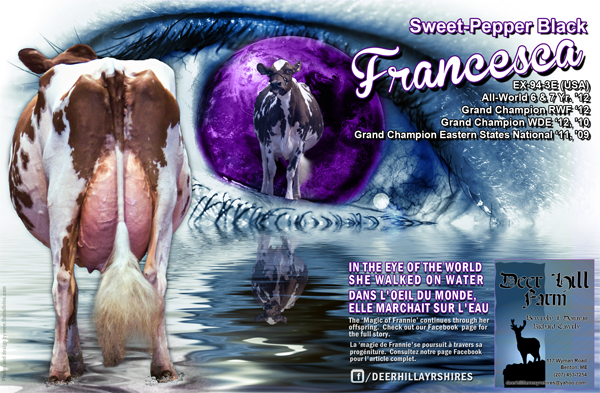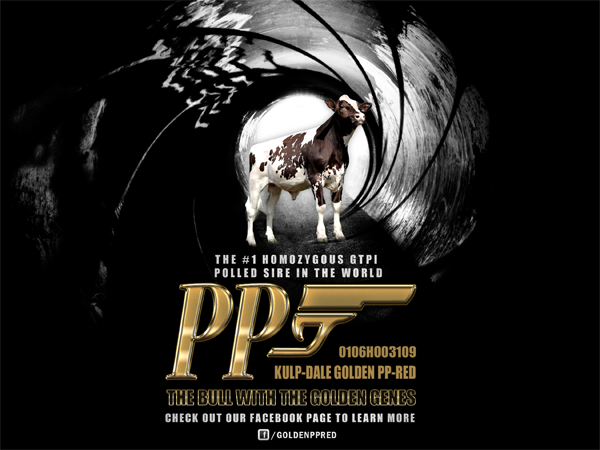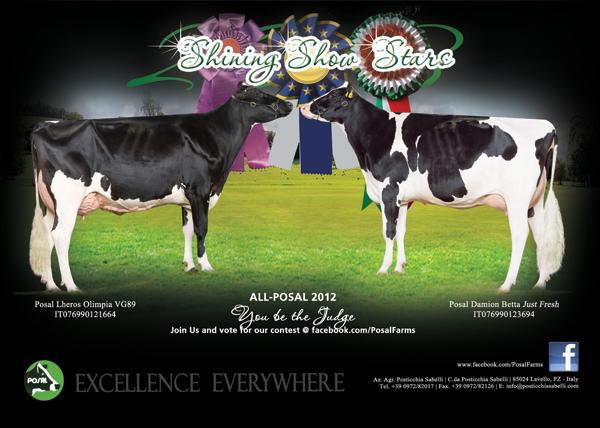On September 12 The Bullvine broke the news that Sexing Technologies was suing ABS Global for fraud and breach of contract (Read more: Sexing Technologies sues ABS Global for fraud, contract breach), kicking off what has become a much debated discussion in the A.I. industry. This was the first public announcement of a legal battle that has been going on behind the scenes for some time now.
At the heart of the issue are two companies simply trying to do what is best for their business. However, as is usually the case in the passionate dairy industry, routine business procedures have turned into a heated debate.
In 2003 Inguran LLC., which does business as Sexing Technologies or ST, licensed the semen sexing technology from XY technologies who had performed considerable research in the 1990’s to optimize the efficiency of the sorting procedures first initiated in the 1980’s by USDA. The partners in the business eleven years ago went heavily into debt to obtain a license from XY Inc. Additional partners came into the business, and Sexing Technologies started its commercial sexed semen production ten years ago having Select Sires as its first large commercial customer. The technology has changed dramatically, especially in the last five years. A considerable amount of time and resources have gone into developing new generations of equipment, changing procedures, making media improvements and raising user awareness. For example in the last five years we have gone through five different new models of sperm sorters, each one an improvement on the previous one. Thus, production efficiency has improved considerably, and the end user has benefitted by seeing a significant price reduction in the cost for their sexed semen compared to when ST introduced it in the marketplace ten years ago. Juan Moreno, Co-CEO of Sexing Technologies, (Read more: SEXING TECHNOLOGIES: Gender Vendors in a Changing Marketplace) shared the following stats:
- 1984 to 2000
Purity Under 80%
Low Fertility (below 50%)
1000 doses of conventional semen would produce 200 doses of sexed semen. - 2002 to 2012
85% Purity
About 80% fertility rate of that of conventional semen. - 1000 doses of conventional semen would produce 400 doses of sexed semen.
- Current
93% Purity
98% fertility rate of that of conventional semen.
1000 doses of conventional semen can now produce 1100 doses of sexed semen.
As a result of making these leaps and bounds in the efficiency and increased fertility, the marketplace has certainly taken a liking to using sexed semen (Read more: Sexed Semen from Cool Technology to Smart Business Decision). This increased demand has also led to higher profits for ST and has propelled them into even more significant research as well as very aggressive protection of their license and their patents. During this time there have been other attempted developments of sexed bovine semen sorting such as Gensel, Heifer Plus, Microbix as well as efforts by Monsanto, though ultimately it has been ST which has prevailed.
It’s these aggressive tactics that are in question in the legal proceeding between ABS Global and ST. According to Jesus Martinez, ABS Global Director of Business Development “ST’s practices not only limit choices for genetics and artificial insemination companies, but more importantly, they inhibit scientific progress important to our dairy and beef customers” On July 14th ABS filed legal action against Sexing Technologies in the U.S. district court of western WI, based in Madison. (Read more: ABS Global, Inc., files suit against Sexing Technologies) “We believe it is in the interests of both ABS and the whole bovine genetics industry to have free and fair competition in the market for processing sexed bovine semen.”
The counter suit filed by ST, filed in Houston federal court, claims ABS Global committed fraud by signing the five-year contract, and inducing Sexing Technologies to sign, with no intention of honoring the contract’s provisions. ABS Global breached the agreement, signed in 2012, when the company sought to avoid meeting some of its contractual obligations, the lawsuit claims. Sexing Technologies is seeking unspecified monetary damages and a ruling by the court that the contract is valid and enforceable. “We consider our customers to be our valued business partners in a relationship built on trust,” said Maurice Rosenstein, Sexing Technologies Co-CEO. “Based on that trust and on the certainty that long-term sorting contracts provide, we invest in sophisticated and expensive semen sorting labs on the customer’s premises to provide the high level of service demanded by the larger bull studs, such as ABS. This is a major commitment on our part, and we take it very seriously. ’We honor our contracts with our customers, and we expect our customers to honor them as well,’” Rosenstein said.
What it boils down to is that ST has been very aggressive in their research but also in limiting the development of competing products. They have done this either by acquiring patents developed by competing organizations or signing contracts with those who license their equipment that limit them from developing their technologies. And that is the crutch in this agreement. ABS contends that the contract that they signed with ST had provisions that would make it impossible for the development of a competing technology. Something that ABS has now done. ST contends that by signing the contract they had access to patented technology that greatly enhanced their ability to develop a competing technology, something that ABS did do. So it really boils down to the fact of determining if ABS breached their contract by developing their own technology, or was the contract null and void because it contained provisions that should never have existed in the first place
The Bullvine Bottom Line
Whether the legal proceedings say it or not, at the heart of the matter is the situation where Sexing Technologies, through intensive research, patent acquisition, and aggressive legal defense of their position has developed a dominant position on the sexed bovine semen sorting business. This has been a lucrative endeavor for ST as they can charge significant premiums for the use of their technology. Anyone who has ever run a business knows that the way to get the highest premium is to have no direct competitors. This is something ST has been able to achieve. That’s just plain smart business. Now ABS is trying to use the US laws that inhibit any company from having a monopoly on an industry to declare the contract null and void that they signed with ST. Again smart business from ABS because they have to do something in order to decrease the expense and the only way to do so is to make sure there is more than one option available. US laws are in place to protect consumers from being gouged due to monopolistic behaviors. In reality, you can see arguments from both sides. ABS Global’s contention that ST has a monopoly on the marketplace would indeed appear valid though ST contends that sexed bovine semen is just a small part of a much larger industry, rather than an industry upon itself. Sexing Technologies’ contention that ABS Global did not honor their contract and as a result had access to their patented technology that then enabled them to develop their solution also has merit. So this really comes down to two companies who are doing smart business and trying to use the courts to uphold their position or, in the case of ABS, remove the monopoly they contend ST has on the sexed bovine semen sorting business.
So, when you look at it objectively, the legal battle between ABS Global and Sexing Technologies are good business strategies. The courts will decide the outcome.
Get original “Bullvine” content sent straight to your email inbox for free.







